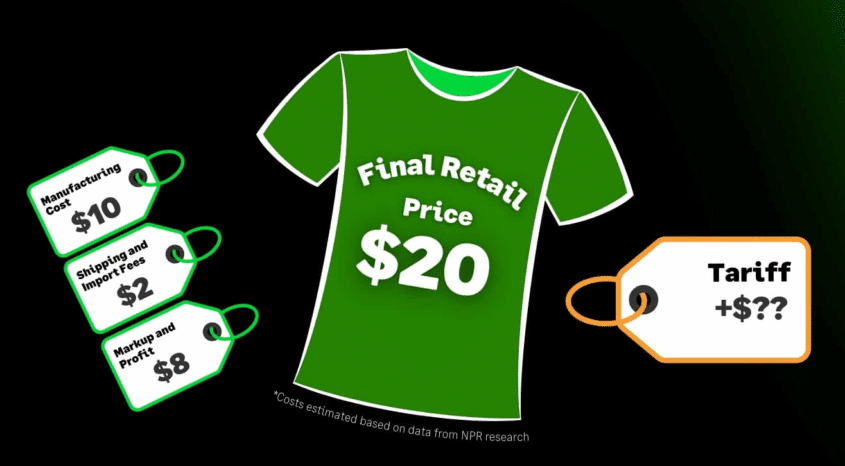Consumer demand is an ever evolving beast and retailers and wholesalers will continue to see changes in the market and their market sectors. The most successful companies will be those who invest in streamlining back office operations, enhancing customer experience and who expand into new global markets to reach new customers.
We recently held a Brightpearl customer meetup to discuss ‘How to Expand your Business Internationally’, and we wanted to share some of the great expert advice from our keynote speakers at the event.
Strategies for effective multi-territory expansion
From Ross Newton-Dunn at Invenda
The reasons for expansion abroad are well documented, gaining access to an increased market, diversification of your customer base and increasing your brand presence – so why aren’t we all doing it? Here are our top tips to keep the process of international expansion as easy as possible:
Step 1 – Use the right tools
Setting up a new website in a new currency and language, with its own tax rules and routes to market can be an overwhelming task. Make this as simple as possible by starting with the right platform for the job.
9 times out of 10 the right ecommerce platform for international expansion is Magento. It includes as standard features such as the facility to manage multiple sites on a single admin, multi-currency pricing, integrated language packs, and localized product catalogs all of which make the task of launching as quick and easy as possible.
Pair this with a feature rich retail management solution like Brightpearl, which gives you access to a wide range of international shipping providers and access to localised eBay and Amazon markets and your major headaches are dealt with.
Step 2 – Do your homework
Spend some time researching the market – use tools like Google Trends, Keywords and Amazon top seller lists to research the most likely markets for your products.
But don’t spend too long researching – the best data is your real sales data.
Step 3 – Deal with the translation issue
If possible avoid translation completely by choosing an English speaking country, or alternatively choose a nation with a high EPI (English Proficiency Index – See EF English Proficiency report – an interesting read).
If you must translate in a new and untested market, concentrate on top sellers before translating your entire product catalog, or use Google translate plugs ins.
Although far from perfect it will save you investing thousands of pounds on translation costs should the market prove to be a dud.
Step 4 – Get it launched
The best means to make a decision on a local market is real data. If you follow the previous steps you should be able to launch quickly and easily and test the market for real.
Set up low level PPC and Facebook advertising on the local areas focusing on your top sellers or those that were of particular interest in your research stage. Examine your existing routes to markets to see if they offer options for international markets. We have had great success with affiliates for example. If it’s quick and easy then plug them into the mix.
Then keep reviewing and keep launching. Uber launches in a new town every 5 days by following a lean and predefined launch plan. Follow the steps above and there is no reason you can’t have similar goals.
The Essential VAT Tips For Online Retailers Selling Within the European Union (EU)
From Claire Taylor at SimplyVAT.com
Selling goods online internationally? Know your EU VAT Obligations! Ignorance of these rules can cost you your business.
Here’s a brief insight into the EU VAT rules which affect online retailers.
EU VAT Distance Selling Rules
- Any sales online to EU private consumers are governed by the EU VAT distance selling rules – local VAT is charged on any sales until set EU government thresholds are exceeded. Once the threshold is exceeded in any one calendar year, VAT registration is required in that country:
The current thresholds are:
-
- Euros 35,000 (or local currency equivalent) in every EU country, except
- Euros 100,000 (or equivalent) in Germany, Netherlands and Luxembourg
- GBP 70,000 in the UK
These rules apply even if you are selling through the marketplaces such as Amazon and eBay.
Using Fulfillment Centers in the EU
- If you put your stock in a fulfillment center e.g Amazon Fulfilment, in another EU country, there is an immediate obligation to register in that country. There are no thresholds to exceed.
SimplyVAT.com explain more in ‘International VAT: What you need to know’.
Expanding internationally is made much easier when you have a the right tools and systems in place. To see how your business can expand into new markets speak to a Brightpearl Specialist today.




